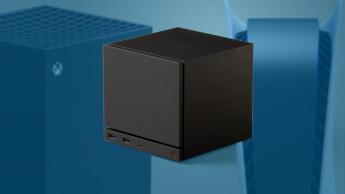Valve has announced its new Steam Machines, marking a significant move in the gaming landscape that blurs the line between traditional consoles and PC gaming. Valve emphasizes that these devices are fully functional PCs, capable of running any software, playing games from various sources, and even allowing users to install different operating systems. Features like HDMI-CEC support for TV control and fast suspend/resume functionality aim to create a more console-like experience while maintaining the customizable nature of PCs. With a focus on optimizing for high performance at 4K resolution and 60 frames per second, the Steam Machines aim to rival current gaming consoles.
As Valve continues to assure gamers that the Steam Machines are primarily PCs, the debate remains whether they can truly stand up against established consoles like Xbox and PlayStation. Currently, these machines are only available through Steam, which may limit their reach compared to retail console offerings.
Are Steam Machines the future of gaming consoles?Steam Machines may represent a significant evolution in the gaming landscape, bridging the gap between consoles and PCs by offering features and ease of use traditionally associated with both platforms. While they maintain the flexibility and power of PCs, they also aim to deliver a simpler, more console-like experience.
The Steam Machine initiative follows Valve's success with the Steam Deck, a portable gaming device that has influenced how users interact with PC gaming, making it accessible to a broader audience. As gaming technology continues to advance, the lines that once clearly delineated consoles from PCs are becoming increasingly blurred, making devices like the Steam Machines a pivotal player in this transition.









Comments
No comments yet. Be the first to comment!